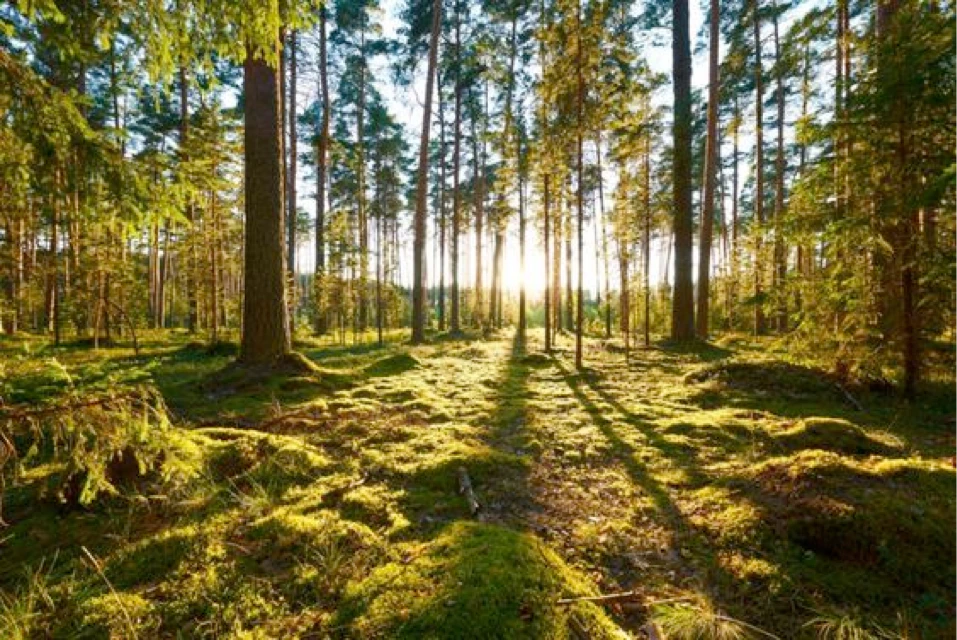Guidelines for the Development of Upscaling Plans
1. Why is larger-scale restoration action needed?

As starting point for developing a route-map for upscaling you need to provide motivation for why upscaling of your work is needed.
Build a rationale for upscaling. Here you need to provide those with the mandate and resources to implement widespread restoration with a clear description of why your project has been set up, what actions were implemented and lessons learned during the pilot project. Be very clear about how your project is relevant to national or regional biodiversity and forest strategies, or for EU countries their National Restoration Plans, this is a strong incentive for upscaling.
State an overarching restoration goal. This includes a clear statement and description of the forest degradation issue that the restoration actions target. It should further highlight relevant policy drivers such as supporting legislation and related benefits for rural development, livelihoods, economy, biodiversity protection and climate adaptation.
Identify additional objectives. Although there may be a clear overarching restoration objective that represents the initial driver, a consideration of other objectives that provide additional incentives to restoration, or representing trade-offs should be considered. A gross list of restoration needs will help the planning process and should be as comprehensive as possible not to rule out synergies or miss conflicts at the onset of a larger restoration program. Such prior consideration on a wide range of restoration needs will be valuable also in anchoring the project among stakeholders, potentially providing flexibility in financing options, and help in identifying alternative levels of ambition (upscaling scenarios).
You can find a range examples and inspiration on how to identify and formulate restoration objectives in the SUPERB demo workplans

